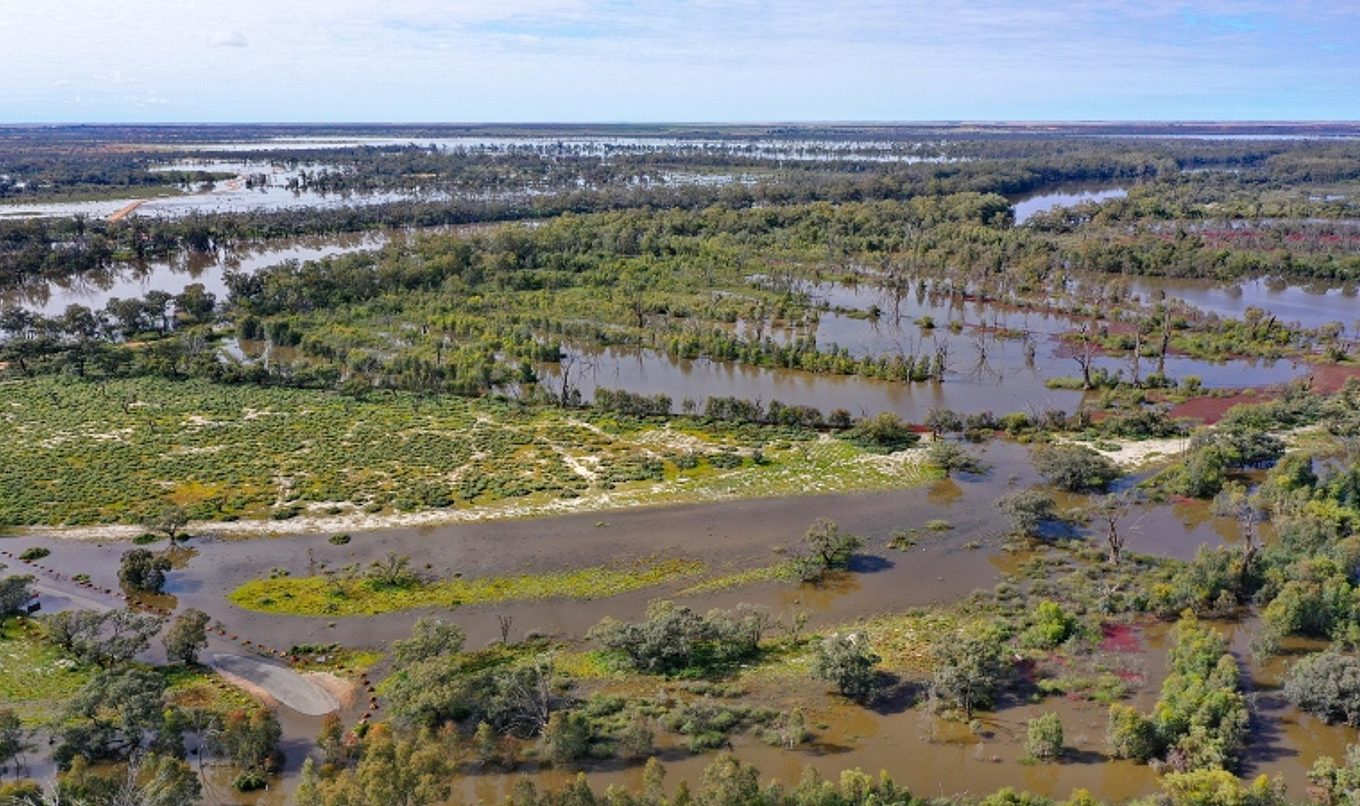Revised River Murray peak flow projections continue to grow with 165GL a day now expected
The State Government has again revised up predicted River Murray flows with new data showing that at least 165 gigalitres a day is now expected to flow down the river in South Australia from early December, similar to the 1975 flood levels.

This is a rise from Tuesday’s forecast of at least 150GL per day. The new forecasts show there is now a moderate probability of 200 GL/day peak flow and a lesser probability of 220GL/day.
With the increasing river level rises, the risk of flooding in low lying areas of Riverland and Murraylands communities is now more likely and residents are being warned to prepare their properties and to factor in potential road closures and other disruptions including loss of power.
South Australian communities along the river should consider these new figures as part of their flood emergency preparedness.
It is important to note that the Lower Lakes are not currently forecast to experience flood levels, as it is expected that the peak can be successfully managed through barrage releases. However, it should be noted that short-term lake level changes may result from local weather events.
The main flood peak is currently passing through the broad floodplain which lies between the Murray and the Edward and Wakool River system, an incredibly complex part of the river system that has made forecasting levels difficult.
There is currently twice the volume of water flowing through the Edward-Wakool system than there is flowing through the main Murray channel that runs parallel to it. Several other tributaries that are feeding the floodwaters including the Ovens, Goulburn and Campaspe Rivers have all recently experienced major flooding and are contributing to increased flows.
Also of concern is that significant rainfall in the order of 25-100 millimetres is forecast for large areas of the Murray-Darling Basin between November 10-17 and this may influence future flow projections.
While the peak flow is still expected to arrive at the South Australian border in early December, flows of around 150GL/day are now expected to cross the border in late November and not drop back below this level before the second week of January. Beyond that, the flow rate is expected to remain above 100GL/day throughout the remainder of January and likely beyond.
The Government also continues to closely monitor for potential blackwater events in South Australia, where reduced dissolved oxygen levels have been recorded. This risk increases with rising temperature.
Any fish kills observed in the wild should be reported to the FISHWATCH 24-hour hotline on 1800 065 522.
The SA SES is urging people to become familiar with best practice sandbag usage. Information on how to most effectively use sandbags is here.
People wanting more information on the River Murray flood event should call the flood and storm information line - 1800 362 361 - which can be called at any time. New inundation maps are being prepared and will be made available shortly. A list of FAQs is available here.
The Department for Environment and Water receives advice from a range of sources including the MDBA, BoM and upstream water delivery authorities in preparing these forecasts.
SASES continue to run community meetings in Mannum and Blanchetown this week and next week in Waikerie and Murray Bridge. The meetings can be attended in person or via the SASES Facebook live stream www.facebook.com/SAStateEmergencyService.
Please visit the SASES website for community meeting event details.

